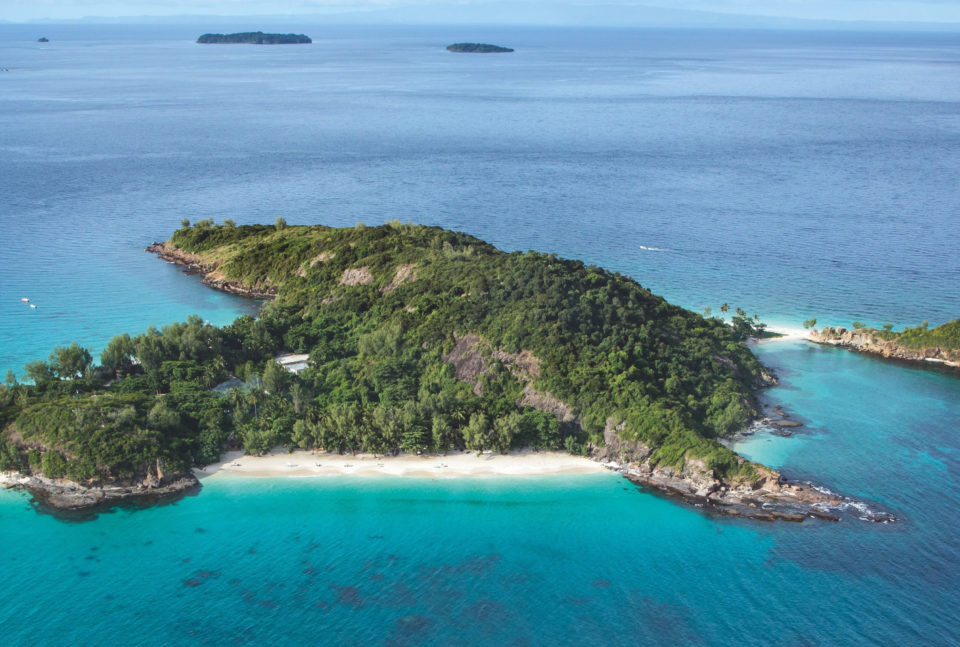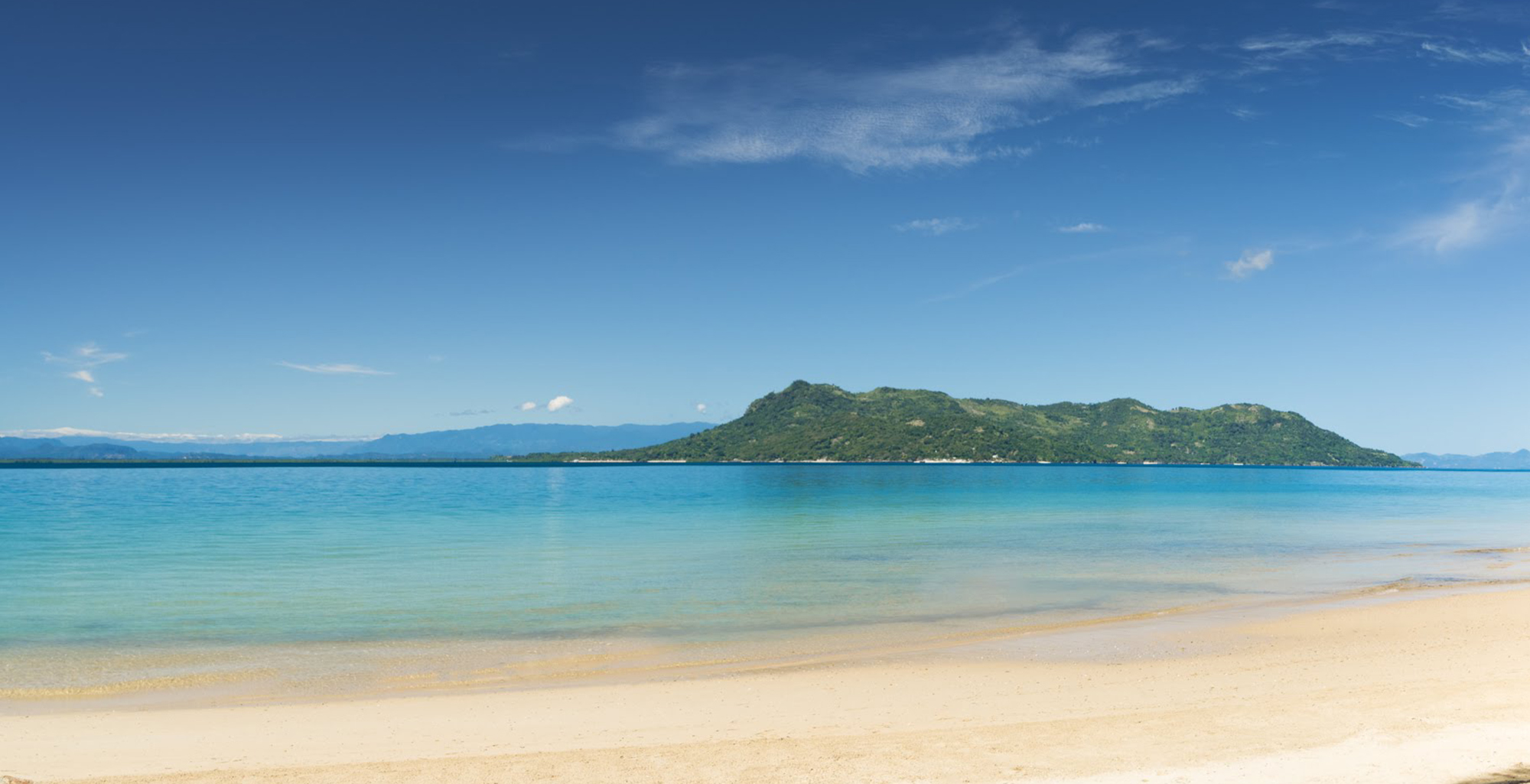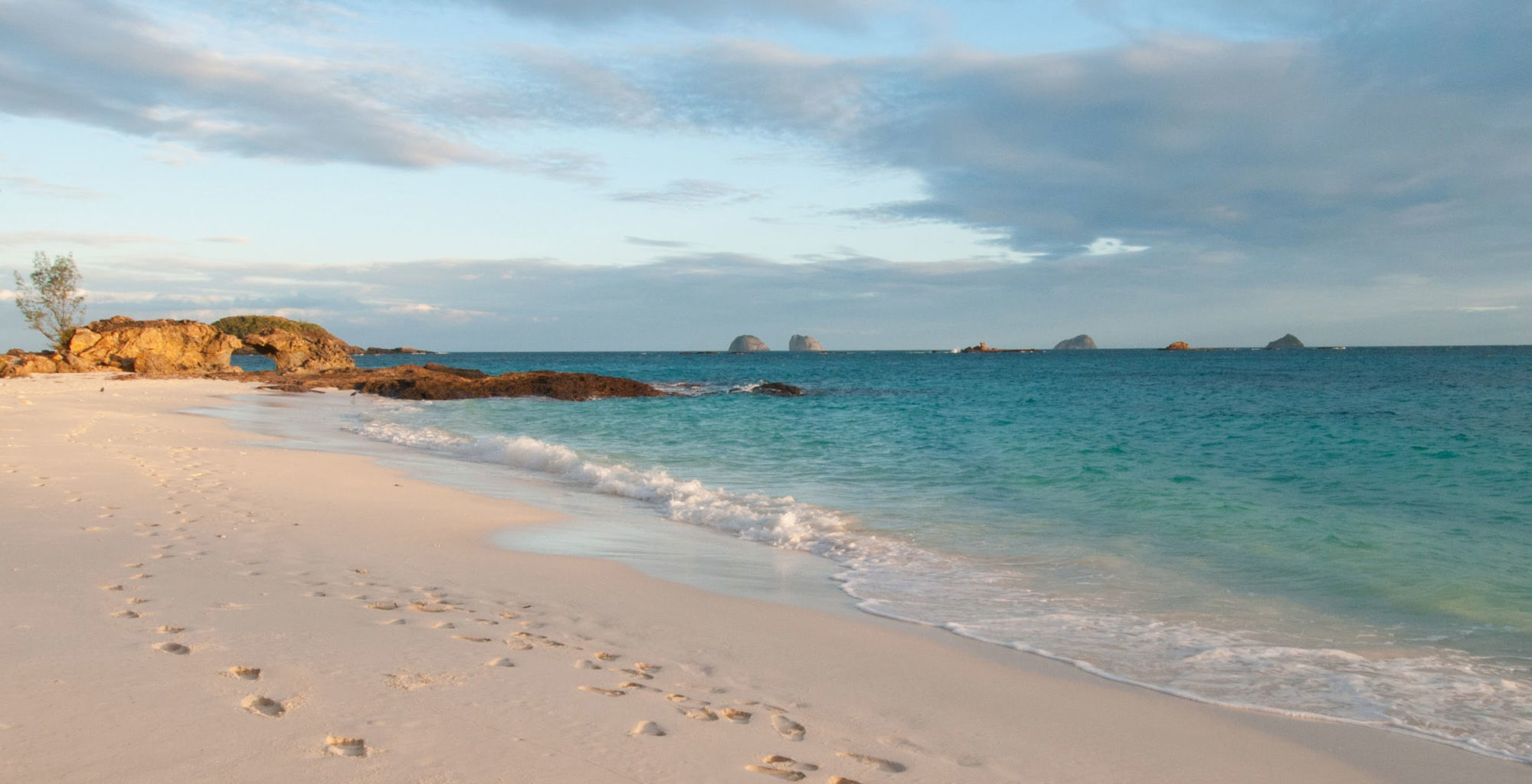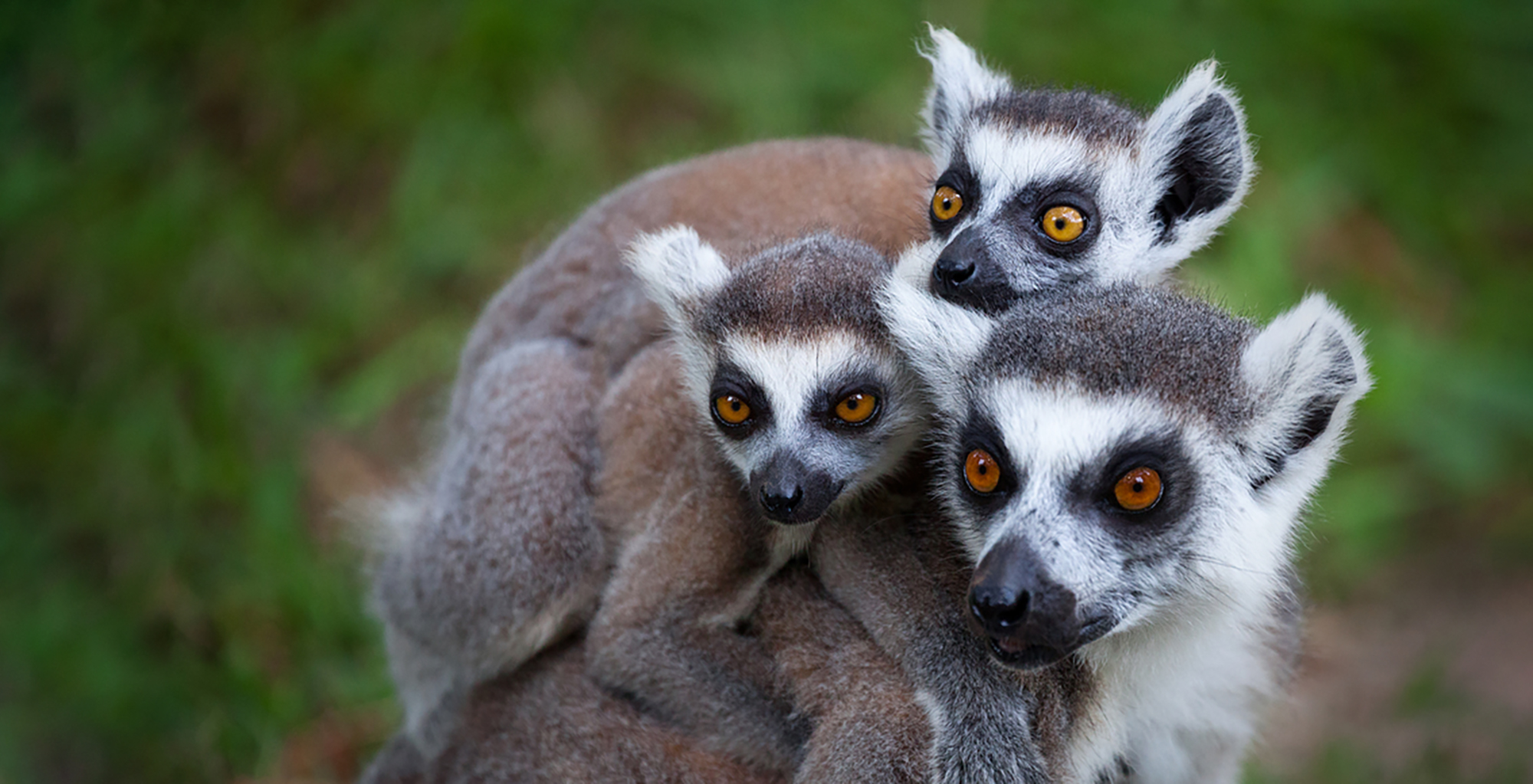Nosy Be and surrounds are situated off Madagascar’s north-western coast. At 320 KM2, Nosy Be is the archipelago’s largest island, and home to approximately 73,000 people. It is Madagascar’s most popular and coveted tourist destination.
Historically, Nosy Be has a long and interesting past. In 1649, prospective settler Colonel Robert Hunt wrote of Nosy Be: ‘I do believe, by God’s blessing, that not any part of the world is more advantageous for a plantation, being every way as well for pleasure as for profit, in my estimation.’ Describing the Malagasy people as ‘the happiest people in the world’, Hunt failed in his endeavour, both disease and local hostility resulting in the reinforcement ship encountering the initial advance party rowing desperately from the island, having been driven away by the locals, thus ending the British attempt at conquest for centuries to come.
The British apart, many future migrants, both accidental and intentional, would land on the islands of Nosy Be and its surrounds. The ruins of a settlement built by shipwrecked Indians can still be seen on the southeast of the main island. The crew of a Russian ship – who landed here during the Russo-Japanese war of 1904-5 – are buried in one its cemeteries. It served as refuge for a beleaguered Malagasy king, hounded by King Ramado I’s ambitions for conquering Madagascar. As well as home to the French colonists, it has also played host to a range of Europeans and Arabs. In short, the history and demographics of Nosy Be and its surrounds are rich, varied and infinitely interesting.
Nowadays Nosy be and its nearby islands contain some of the most coveted and exclusive beach holiday retreats in Madagascar, and is one of the more expensive parts, given its clean white sandy beaches and tropical climate. Nosy Be’s highest peak is 450 metres. A volcanic island, it contains eleven crater lakes, which are a beautiful spot to watch sunsets, and possess habitats brimming with endemic plant and animal species, all of which can be explored with the help of local guides. Culturally, there is also a music festival on the island each year, put on at the time of Pentecost, known as Donia, where musicians from Mauritious, Reunion, Comoros and others get together for a vibrant mix of music, including reggae, Creole, pop and jazz.
One of the main attractions of the archipelago is its marine life. Unfortunately, due to overfishing and changes in the water temperature among other things, the coral reefs immediately surrounding Nosy Be have all but disappeared. However, those on surrounding islands – particularly those of Nosy Sakatia, which is a small islet south west of Nosy Be, and of Tsarabanjina, northeast – are excellent spots for scuba diving and snorkelling. Consequently, there are many places to undertake PADI courses. Added to this, the Mozambique channel is a wonderful place for seeing humpbacks whales, when migrate here during breeding season from the Antarctic for warmer and safer waters.
Given the islands’ tropical climate and susceptibility to rains from November to April, the best time of year to visit is during the drier cooler season, which is from May to October, when average air temperatures are 20°.
See below for accommodation in this area.



